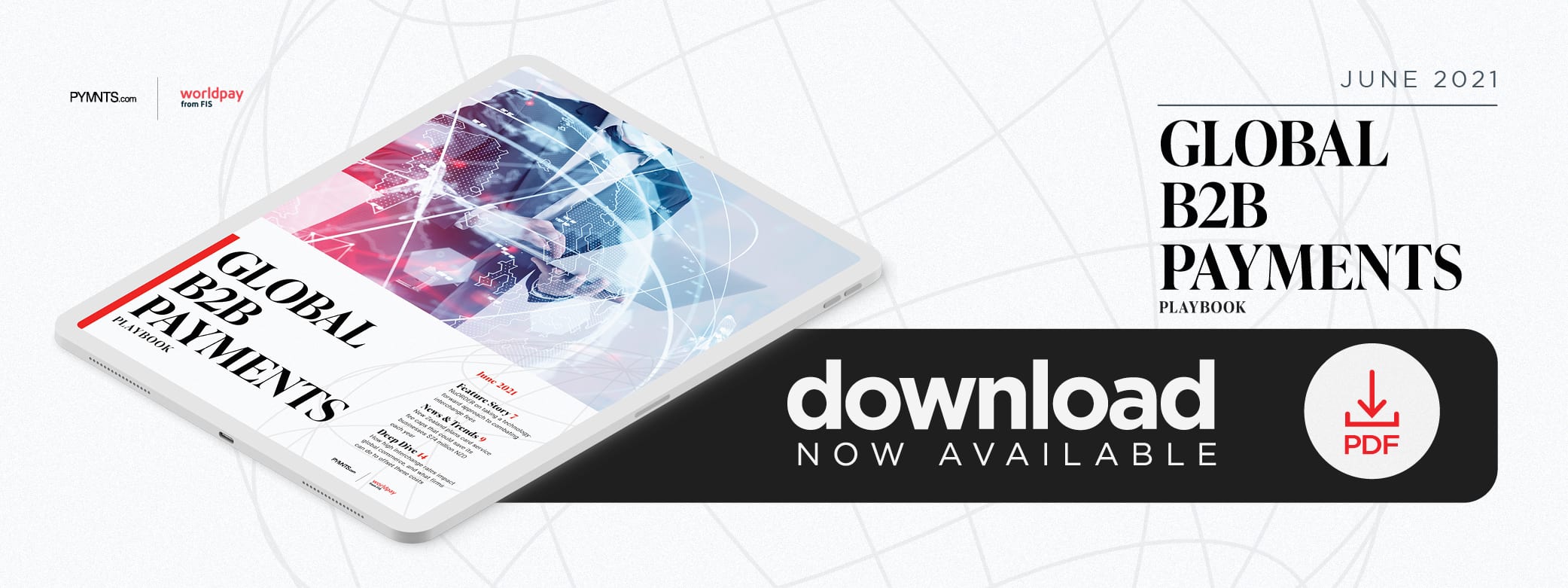Deep Dive: The Impact Of Interchange Fees And How Global Firms Can Optimize Cross-Border Payments

Plans for card network giants Visa and Mastercard to raise interchange fees in April were met with resistance among merchants and politicians, as many businesses are still working to overcome challenges wrought by the past year’s events.
The two companies agreed to delay the increases for a year so that merchants might have a better chance at affording the so-called swipe fees they have to pay with each debit or credit card transaction. Mastercard said the increases were planned prior to the pandemic but recognized the hurdles businesses may be facing while getting back on stable ground.
These interchange fees are not insignificant, either, as merchants typically pay 2 percent to 3 percent of customers’ credit card purchases. The impact of Visa’s interchange adjustment is expected to be a $768 million yearly cost increase, and Mastercard’s fee increases were estimated to reach $383 million annually. Global payments consultancy CMS Payments Intelligence Limited recommended an overhaul of global interchange regulations, identifying substantial margins of more than 50 percent for card networks and up to 30 percent for acquirers and card issuers. Merchant operating margins are about 3 percent.
The Merchants Payments Coalition similarly requested that the Federal Reserve revise 10-year-old debit card interchange fee regulations in May. The retail trade group cited a report that showed the average cost of processing for these bank transactions has fallen by half while merchants are still paying as much as they did a decade ago.
This month’s Deep Dive analyzes how high interchange rates impact global businesses and identifies digital tools that can be implemented to help optimize cross-border payments.
Support for Lower Processing Fees Grows
Calls for lower interchange rates have been ringing out around the world for several years. A report by the Board of the Reserve Bank of Australia concluded that reducing interchange rates would have numerous benefits. Doing so would not only lower costs to merchants but improve efficiencies in payments, shrink retail prices for goods and services, decrease barriers to entry for new payment methods and potentially alter a system that favors large retailers. The report also pointed out how some card systems work without these fees and cited cases in which regulators have set lower interchange caps outside Australia.
One report found that many businesses are leaving money on the table due to legacy infrastructures, and that the difficulty in collecting cross-border payments stunts businesses’ abilities to expand globally. The report surveyed 301 finance professionals who work at firms that earn $100 million to $1 billion in revenue. Nine out of 10 respondents responsible for payments at their firms said international expansion efforts could flourish if their firms could deal with foreign exchange rates more easily.
As many as 55 percent of respondents reported monthly revenue losses of between 4 percent and 5 percent because of inefficiencies related to their payment processing while 23 percent said they lose between 6 percent and 10 percent of their revenues. A massive 89 percent reported that their firms lost money due to time spent on accounts receivable. Fifty-four percent stated they spend up to 10 hours managing inbound payments every month — time that could be better spent more productively elsewhere — and 51 percent said that visibility into incoming payments is crucial for managing cash flows and budgets.
Upgrading these legacy payments infrastructures could therefore help firms better afford interchange fees.
Optimizing Cross-Border Payments With Digital Tools
Companies are required to submit documentation to their banks when they want to initiate a cross-border payment to meet foreign exchange (FX) and regulatory requirements. Documentation is typically processed separately from payment instructions and often needs to be linked manually. Citibank is working to streamline these payments for institutional clients with an electronic platform that integrates the documents and payment instructions, for example. This platform could potentially trim the number of days needed to complete cross-border transfers. The initiative is first being launched in South Africa before a broader rollout. Citi Global Head of Treasury and Trade Solutions Shahmir Khaliq said the objective is to create frictionless payments that can be delivered electronically and uniformly at any time, to any country, via any channel and in any currency.
B2B firms that handle many card payments can also benefit from providing Level 2 and Level 3 data during their transactions. Providing this enhanced data can help businesses unlock lower interchange fees because it spares the major card networks that accept it — including American Express, Mastercard and Visa — from seeking out the information themselves. Many firms opt to partner with payment processing companies to gain access to application programming interfaces (APIs) and other tools that can help them more easily send Level 2 and Level 3 data.
Another way to optimize and modernize cross-border payments with digital tools is by leveraging open banking to send account-to-account (A2A) payments with much lower per-transaction fees than the interchange fees tied to card payments. Payment information service providers tap consumer and merchant bank accounts directly through APIs, enabling direct movements of money between accounts without an intermediary.
Firms that want to optimize their cross-border payments and save money will have to evaluate ways they can cut costs and determine whether they can leverage tools such as A2A payments until interchange fees can be overhauled and lowered. Doing so will improve their abilities to compete and expand globally.

